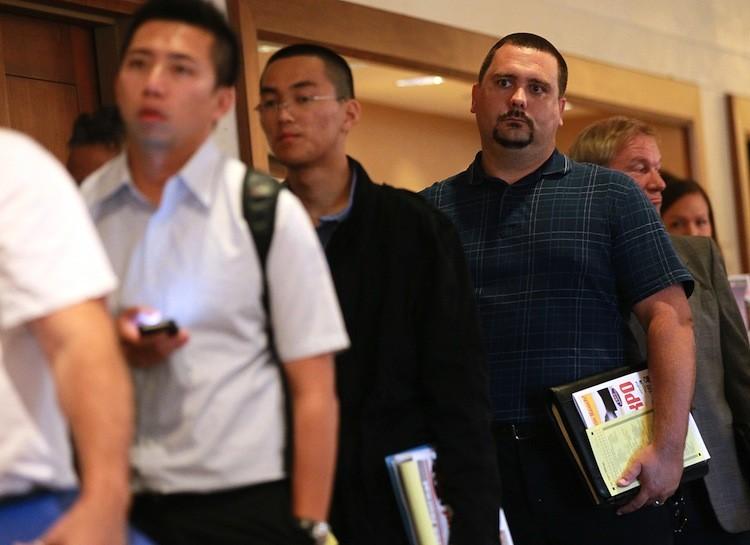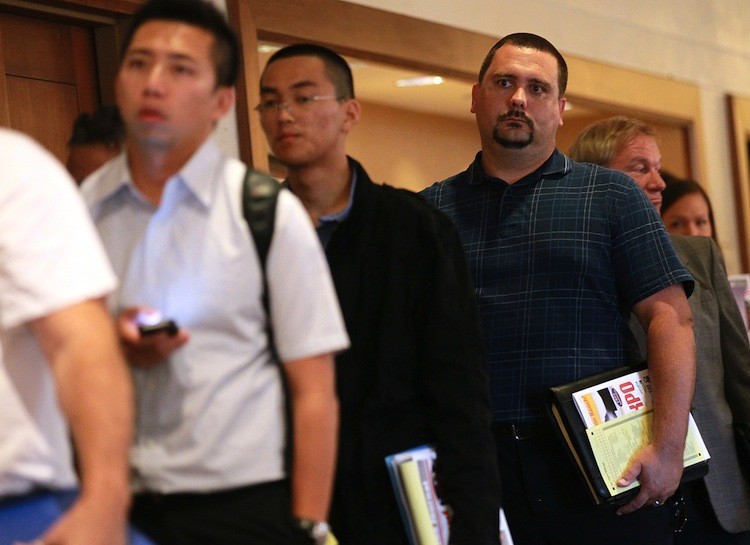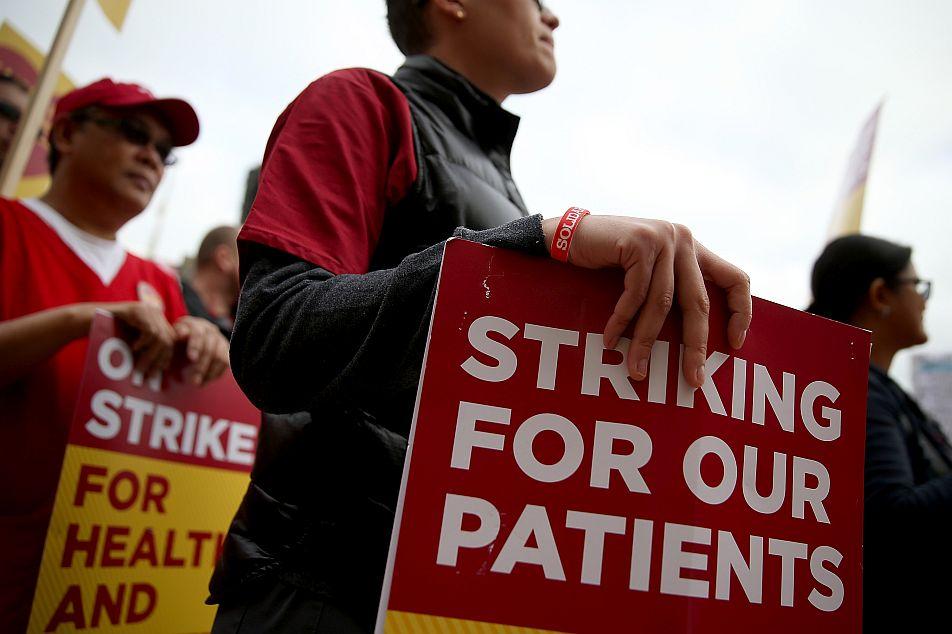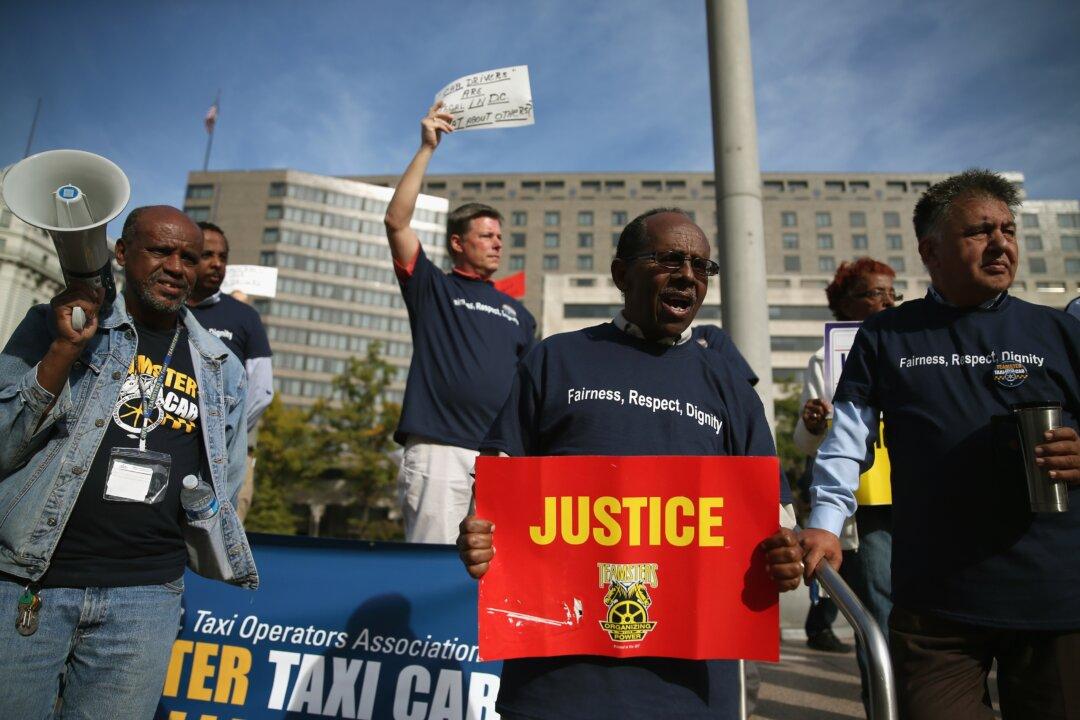Gauging the Effectiveness of Economic Stimulus Funds
On Aug. 31, the latest Bureau of Labor Statistics (BLS) release concerning employment and unemployment in metropolitan areas at the end of July indicated a slight improvement over the same time a year ago.
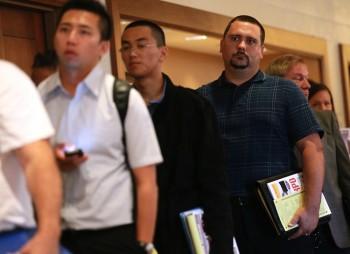
JOB SEEKERS: Job seekers read pamphlets as they wait in line to enter the HIREvent job fair in San Jose, Calif., Aug. 10. The national unemployment rate sits at 9.1 percent. Justin Sullivan/Getty Images
|Updated:
